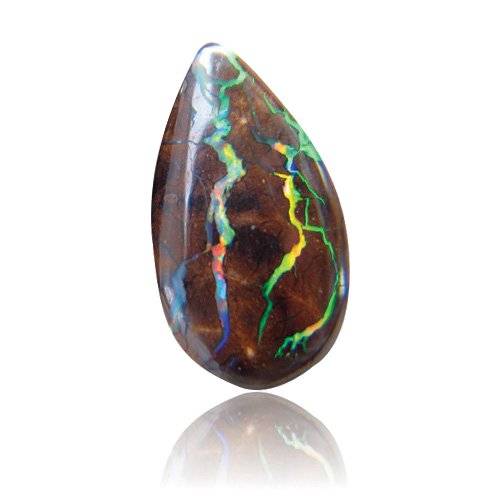Opal Nomenclature and Classification

Classification differs depending on the nature of the opal. The following are the requisite details to be associated with each type of opal.
Natural Opal
- Opal Type
- Variety of opal (black opal, dark opal, light opal) based on the AGIA Body Tone Chart
- Diaphaneity or Transparency (in the case of a crystal opal)
- Weight and Dimensions
Treated Opal
- Opal Type
- Diaphaneity or Transparency
- Type of treatment used
- Weight and dimensions
Composite Opal
- Type of composite opal (Doublet, Triplet, Mosaic or Chip Opal)
- The type of treatment used, if any
- Dimensions
Synthetic and Imitation
- Gemological category (inclusive of manufacturer name)
- Body tone
- Type of opal (Doublet, Triplet, Mosaic or Chip)
- Weight and dimensions (if composite)
How to Use the New Opal Nomenclature
The new nomenclature for opals is universal, and does not pertain solely to Australia. The nomenclature has been decided upon keeping in mind previous standardized terminology. Its primary purpose is to offer a universal description of an opal stone so that it can be understood across the world.
There were a number of terms used previously when describing opals, which were found to be native to a certain region, and confusing to others. The new nomenclature has looked to remove these terms from the vocabulary associated with opal description. Some of the terms that are no longer used in opal description are; "grey" and "solid".
Since opal is only found in solid form, it is now considered illogical to use the term 'solid' to describe such stones. The term has now been revised to 'Natural Opal' in order to communicate the fact that the stone has not undergone any kind of artificial treatment or processing. Natural opal stones can then be further classified as 'opal', 'boulder opal' or 'matrix opal'.
The term 'body tone' was previously used to describe the relative lightness or darkness of an opal stone in comparison with others. Body tone refers to the color of the stone itself and not to the vibrancy and range of colors that the stone exhibits. A body tone scale with nine different color shades are used to identify the category to which an opal belongs.
'Play of colour' is the term used to describe the way in which an opal reflects and diffracts light. This process of diffraction is heavily dependent on the way in which the silica spheres that make up a stone are arranged and distributed.
There has been much debate regarding when to classify a stone as a crystal opal. The primary factor in determining whether a stone is a crystal opal or not is the degree of transparency or translucency it exhibits. In stones where the play of colour is excellent, it may become difficult to accurately ascertain what the stone's diaphaneity is. If a stone is only translucent, it is termed as a 'light opal'.
The new nomenclature has also looked to change the usage of terms like 'doublets' and 'triplets' to 'doublet opal' and 'triplet opal' respectively.


